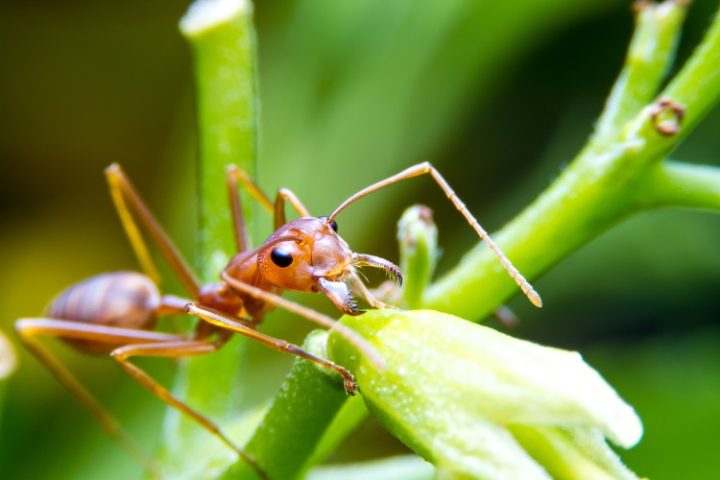
As if we didn’t have enough to worry about with regards to so-called climate change, a new study from European researchers is warning that the continent is likely to face an incursion of the ant species Solenopsis invicta — more commonly known as fire ants. The species, originally native to South America, is listed as one of the 100 worst invasive alien species by the Global Invasive Species Database.
The species arrived in the United States approximately 100 years ago, probably via shipping containers to ports in the south. In America, fire ants are predominantly found in southern states, since the species is suited to a warmer climate.
Euronews reports that “with the help of global warming, the ants could spread across the continent. The climate in half of Europe’s urban areas is already suitable for the species.” The species has, reportedly, already been found in the wild in Sicily. The study speculates that the species may have arrived through the nearby port city of Augusta.
In other words, climate change didn’t magically produce fire ants in Sicily. They probably came in, as most invasive species do, through human trade — not human CO2 emissions.
The fear is that these fire ants will devastate an unprepared area’s biodiversity, since they are aggressive and predatory to local flora and fauna.
Currently, only about seven percent of Europe is at risk for a fire-ant invasion due to the cooler climate experienced on the majority of the continent. However, many believe that global warming could be the catalyst for a large-scale invasion.
Additionally, the study warns that nearly half of urban areas in the region studied are candidates for future infestation.
“Remarkably, half of the urban areas are recovered as suitable,” the study reports. “This is concerning because most suitable urban areas are coastal Mediterranean cities highly connected by seaports, potentially favoring the spread of the species. Worryingly, future projections depict a far worse scenario, in which the suitable range of S. invicta largely increases.”
As Euronews puts it, “Future projections show that Europe’s environment is likely to become more widely suited for the ants as the climate heats up.”
But those projections of heat certainly warrant some scrutiny. Climate Change Dispatch reports that the models the study relies on tend to run hot — as almost all climate models do.
“The study itself relies on model projections from WORLDCLIM v2 scenario SSP245, which while not the most extreme of warming projections, does have an embarrassing recent record of greatly overestimating the warming in the U.S. corn belt,” Linnea Lueken reported.
“Most egregiously, they include projections from HadGEM3-GC31-LL, which projected about seven times more warming than has been observed,” Lueken added.
Nevertheless, Euronews warns that the coming fight against fire ants could become very costly.
“They are the fifth costliest invasive species in the world, costing almost €20 billion in damage and management between 1970 and 2017, according to one estimate published in the journal Nature in 2021,” the outlet reported.
So, in addition to more frequent and intense storms, rising sea levels, heat waves, frigid cold snaps, melting glaciers, droughts, floods, potential crop failures, dead polar bears, bleached coral reefs, and everything else that is blamed on climate change, now we need to fear that Europe is soon to be overrun by fire ants?
It’s another example of the climate-change-centric world of science, in that a biological study about insects includes climate scenarios. Simply mentioning climate change in a biological research paper increases the odds of publication and, possibly, future grant money.
It’s also another example of the rampant fearmongering associated with climate change. If it scares, it sells.




